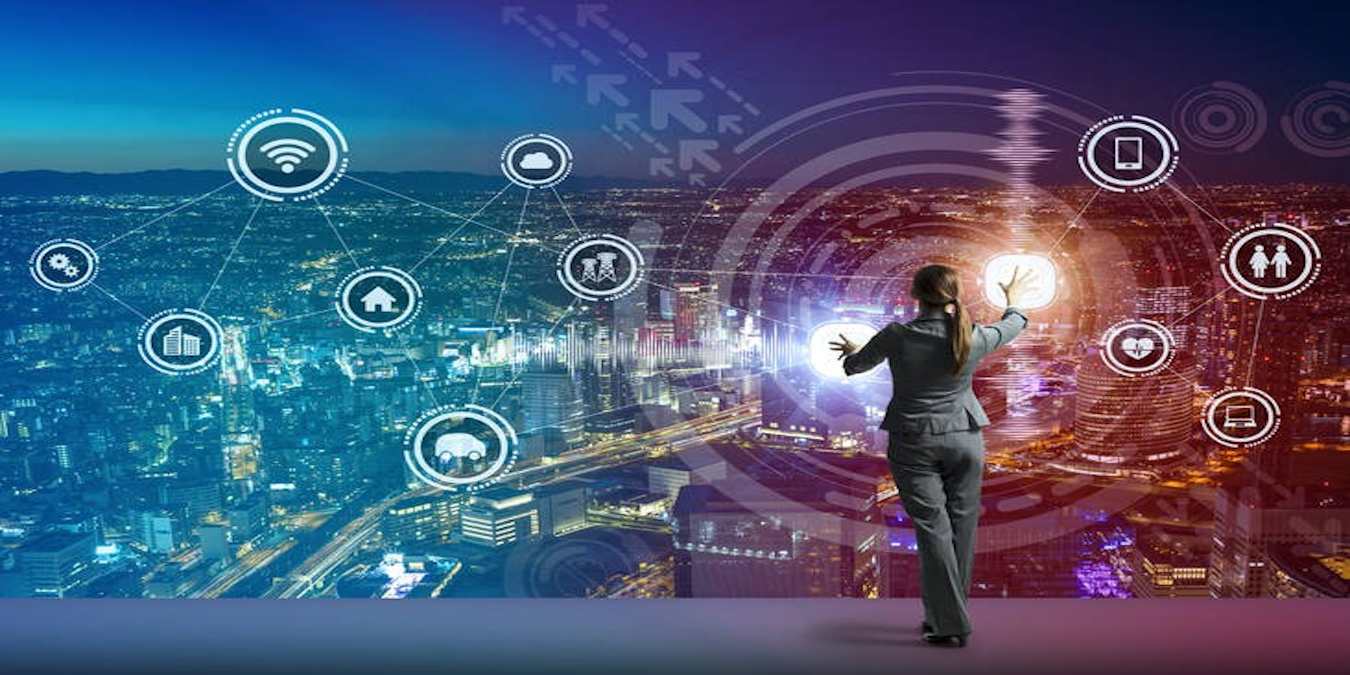
The concept of the Internet of Things (IoT) was once hype, but it’s now become a social phenomenon.
With the introduction of wearable technologies, machine learning, and AI, IoT is gradually becoming an autonomous concept that will exist on its own.
Right now, IoT is making a tremendous impact on people’s lives. Smart household appliances, smart security systems, smart bulbs, and even smart cars – these don’t require any human interaction to function.
Here are some of the emerging trends in the Internet of Things (IoT).
1. Increased Connectivity in Cars
Connected vehicles are still new and expected to move into the mainstream slowly. Connected cars are moving data centers, with state-of-the-art connectivity to combat traffic, location and travel conditions, as well as weather forecasting.
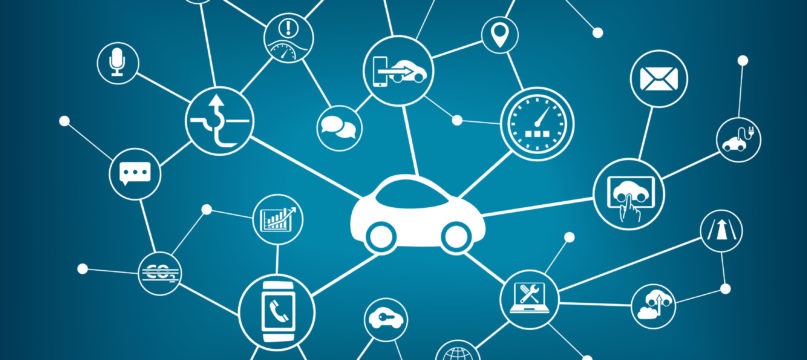
As this emerging trend gradually gains momentum, the goal is that it unlocks great insights to enhance how businesses deliver solutions such as in-vehicle experiences, fleet operations, and insurance coverage.
It’ll also be helpful in the areas of operation optimization, employee productivity, and so on.
Internet-connected vehicles will top the chart in the next few years as tech giants like Microsoft, Google, and Apple are set to launch a new generation of connected car solutions.
2. IoT Adoption Across Industries
IoT is constantly growing, and different industries – such as asset management, inventory management, government security agencies, and transportation – are the next adopters.
They will become major adopters, considering the ever-increasing connectivity between people, data and things.
Smart cities that use automation and AI will be considered as a way to reliably enhance services in the safety and health sectors.
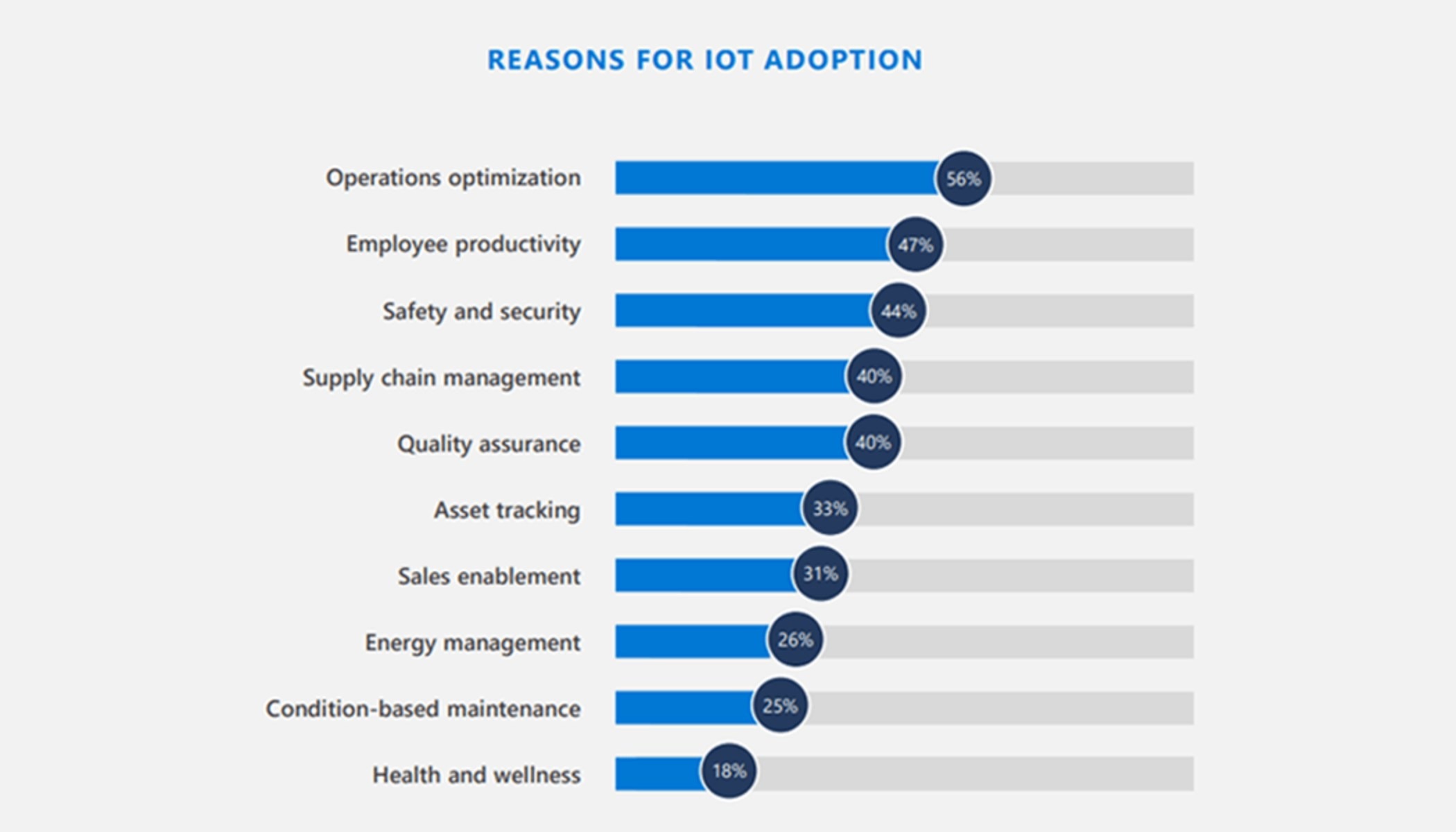
Data that comes from IoT sensors is important for improving air quality, to predict traffic fire incident, help identify citizens, optimize traffic patterns, and more. It’ll also play a key role in employee optimization.
3. Expansion of IoT
There’s an influx of data that organizations and the public sector can leverage to solve demand-based problems.
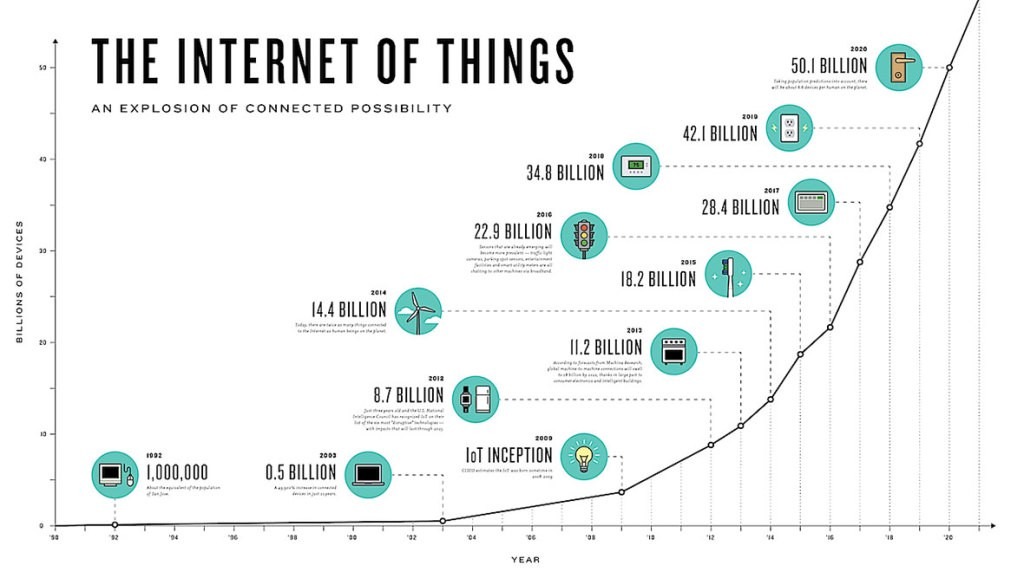
As IoT evolves and becomes more robust, enterprises will look for viable ways to monetize the data that’s gathered through different IoT-enabled communication channels.
For those that are fully into IoT, they’ll realize this unless they upgrade their skills, it may be difficult to fully implement the IoT concept in their enterprises.
As connected technology becomes the norm in the security and human resource departments, it’ll become more immersive, and there will be increased expectations for converting IoT data into insights and value.
With data visualization and algorithm templates getting better each passing day, the new use cases of IoT can utilize earlier ones.
This will, in turn, reduce sensor and acquisition costs, and encourage more use cases – especially in areas where cost has been a major challenge.
4. Top-Level Expectations
IoT professionals have argued that just as enterprise resource planning evolves and caused an uproar in the consistency of data, there’s a chance that robotic process automation will inspire top-level executives to reconsider their employee performance levels for tasks that require human intervention.

The companies that will get better at scaling automation will tap into this great opportunity.
Even though the “Internet of Things” revolves around interconnected devices that function independently, the concept alone will challenge what CEOs and founders have ever thought possible when gauging employees’ performances.
It’s all about improving efficiency in the workplace through these connected devices and policies and being better at scaling automation, moving from interesting proofs of concept to systemic enterprise processes that generate efficiency at scale.
But there’s more, as evolving technologies will impact universities and cause them to adopt modern computer programming and data analysis courses. The curriculum, especially in computer-related fields, will likely be modified to suit modern IoT technologies.
To get the full benefits, these tertiary institutions need to complement technological advancement with empathetic skills and critical thinking to meet the growing needs of students and the educational sector in this device-connected world.
5. Unpredictable Revenue
If businesses are going to invest in IoT technology, there must be a way to measure their impact on revenue.
Sadly, there’s always a challenge along the way. According to HubSpot, providing the ROI of marketing activities is the second most common challenge for B2B companies.
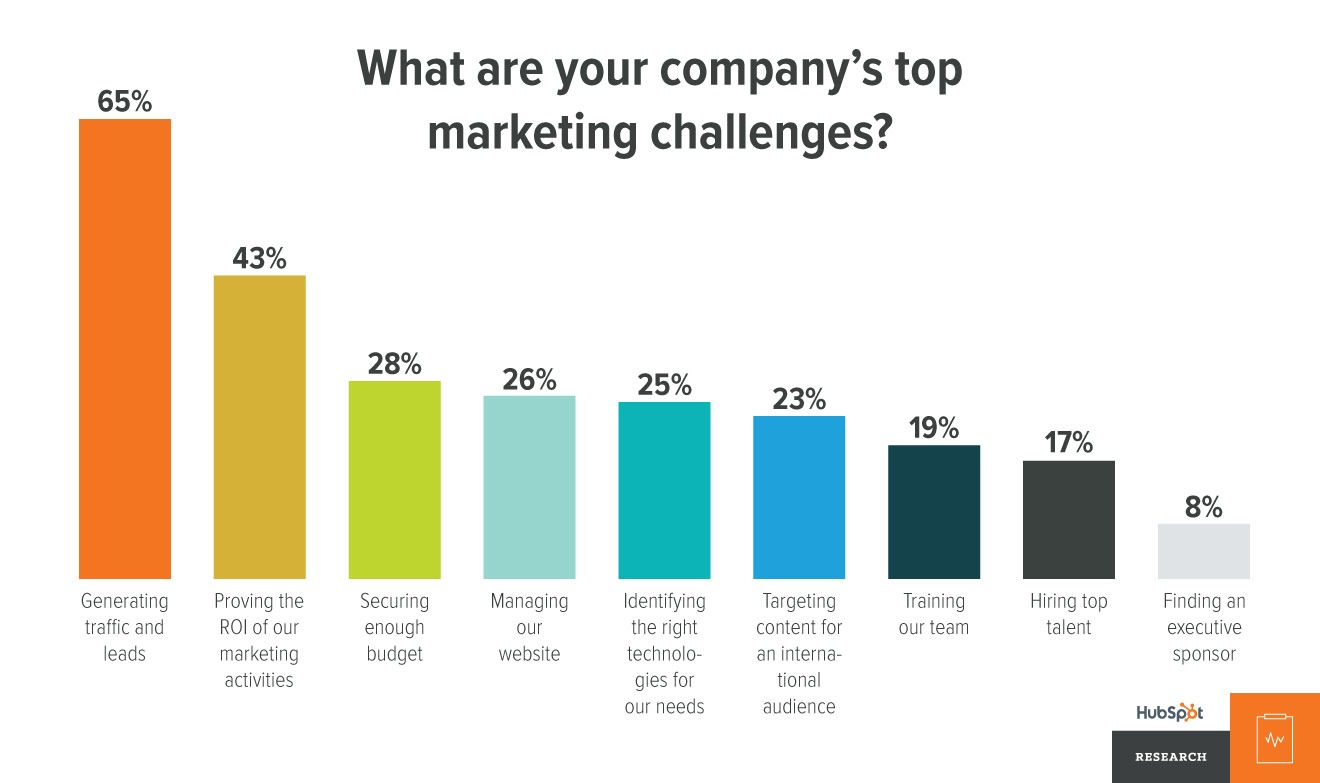
“Every technology comes with its challenges. IoT is a great phenomenon, but the chances a business will grow revenue from it are slim,” says Patrick Maloney, CEO of Inspire, a company the simplifies consumer adoption of smart home technologies and clean energy.
He further noted that so many innovations and new products have been unveiled – especially in smart home and wearable technologies in the past year.
This is driven largely by voice-enabled devices, Artificial Intelligence (AI), automation, and Machine Learning.
In the end, what matters is how much revenue a new concept or technology drives a business. Patrick argued that this problem will persist for as long as IoT isn’t integrated into the company’s marketing and sales marketing culture.
Companies that offer subscription-based products will have a hard time integrating IoT concepts to grow their revenue model since most smart home products are a one-time model.
In the future, only big tech companies like Google, Apple, or Microsoft, among others will be able to invest a lot of resources in generating predictable revenue from IoT.
6. Analytical Expertise
Come 2020, there will be a huge demand for professionals who possess analytical skills.
Being able to turn huge streams of industrial data into digestible insights for application in our daily lives is another objective to look into when it comes to the Internet of Things concept.

According to Dean Conway, founder of Alluvium, a New York City startup, “organizations will move from making investments in areas of digital infrastructure to making investments in analytical skills, which is an aspect of digital literacy.”
Conway further projected that the curve of industrial IoT investment will gravitate toward analytics capabilities. This will become applicable when hiring for new roles, such as data engineers.
There will be a blend between analytics and creative thinking to investigate the level of IoT application across cloud providers – such as Amazon, Google, Microsoft, and so on.
7. Increased Mergers and Acquisitions
In 2018, several IoT-based startups were formed. As the demand for IoT technology increases, we can expect to see increased merger and acquisition activity for advanced IoT capabilities among companies.
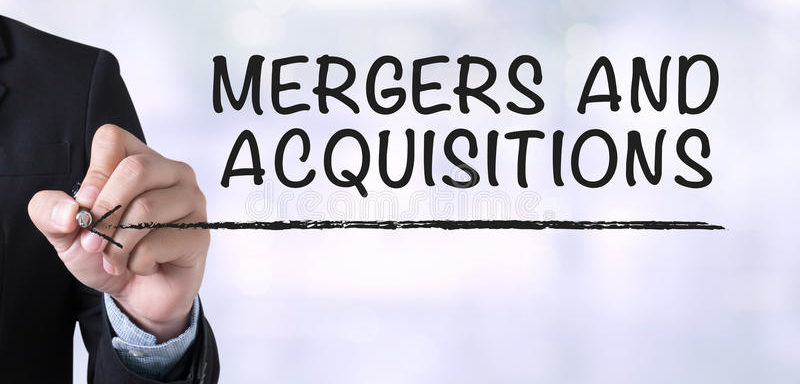
A total disclosed transaction value of $1.1 billion in 2018 came as a result of this emerging trend in the Internet of Things.
This value was lower than the $2.3 billion worth of transactions in 2017, which included the acquisition of ServiceMax, a company that specializes in cloud-based asset-tracking solutions by GE Digital for $915 million.
Conclusion
The Internet of Things concept has birthed a lot of communication technologies, from wearable tech. to smart homes to connected vehicles, and other opportunities.
Data protection and privacy are some of the challenges that professionals in the IoT field should pay attention to and seek for ways to solve.
This will further amplify the core benefits that the development of IoT offers the whole world.
Image Credit: Wire19, Hackernoon







